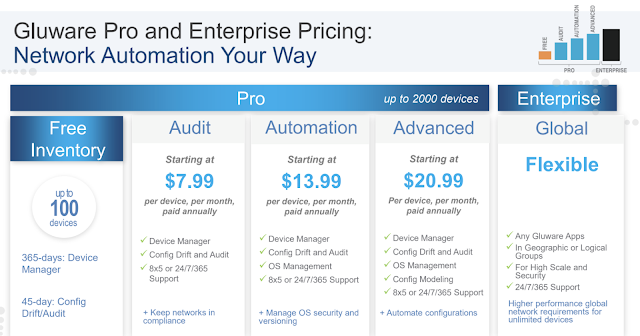Inphi announced its Polaris Gen2 PAM4 platform, the industry’s first 50G, 28Gbaud PAM4 DSP solution based on low-power 7nm CMOS technology.

The Polaris platform is the industry’s leading 28GBaud PAM4 DSP solution offering integrated driver options for EML and Silicon Photonics to address a broad range of optical interconnects scaling from 50G to 400G. The Polaris Gen2 PAM4 platform supports 400G optical transceiver modules in both QSFP-DD and OSFP form factors and 200G modules in the QSFP56 package, in line with the optical PMD’s specified in the IEEE standards.
Polaris Gen2 PAM4 DSP Key Features:
- Field-proven PAM4 DSPs qualified in multiple hyperscale cloud data centers
- Developed in 7 nm CMOS process technology
- Supports short-reach multi-mode <100m and long-reach SMF 500m-40km optical interconnects
- Supports 50G PAM4, 50Gbps breakout and 25G NRZ transmission
- Integrates EML and Silicon Photonics linear drivers
Polaris Linear Drivers:
The Inphi IN2814DV is a 28GBaud low power quad VCSEL linear driver for PAM4 optical modules or Active Optical Cables. The IN2814DV is optimized for routing with a channel pitch aligned to the VCSEL optics driving over Multi-Mode Fiber MMF.
The Inphi IN2821SD is a 28GBaud low power single channel DML linear driver for PAM4 optical modules. The IN2821SD is optimized to direct drive commercial DMLs for excellent PAM4 optical performance.
Polaris Linear TIA’s:
The Inphi IN2864TA TIA is a 28GBaud low power quad linear TIA for PAM4 optical modules. It features a wide dynamic range to meet the different performance and link requirements for optical applications and excellent signal integrity necessary for PAM4 modulation schemes.
The Inphi IN2865TA is a 28GBaud low power quad VCSEL linear TIA for PAM4 optical modules or AOCs. The IN2865TA is optimized for direct routing with a channel pitch aligned to the MMF optics.
“As a pioneer of PAM4 technology for high-speed interconnects, Inphi is again breaking new ground and continuing to lead the industry with a highly integrated next generation DSP platform based on 7nm CMOS process technology,” said Eric Hayes, Sr. VP, Networking Interconnect at Inphi. “Leveraging our experience achieved over the past years hardening our successful 16nm Polaris PAM4 DSP, TIA and driver solutions in high volume deployment, we’ve introduced the new Polaris Gen2 family to fulfill the strong market demand for 50G data center low power interconnects.”




















